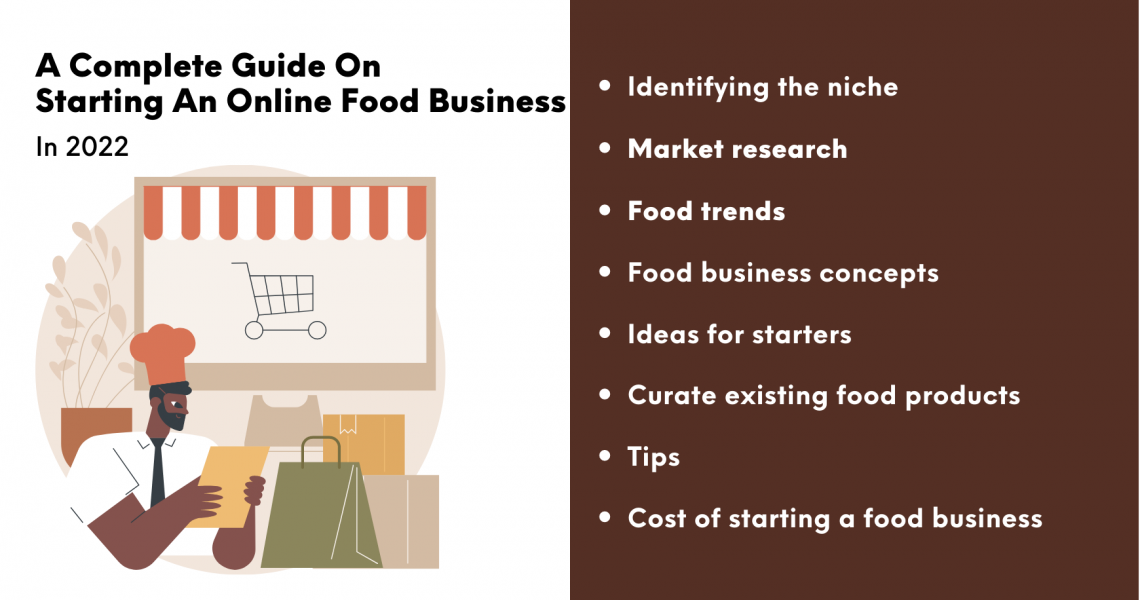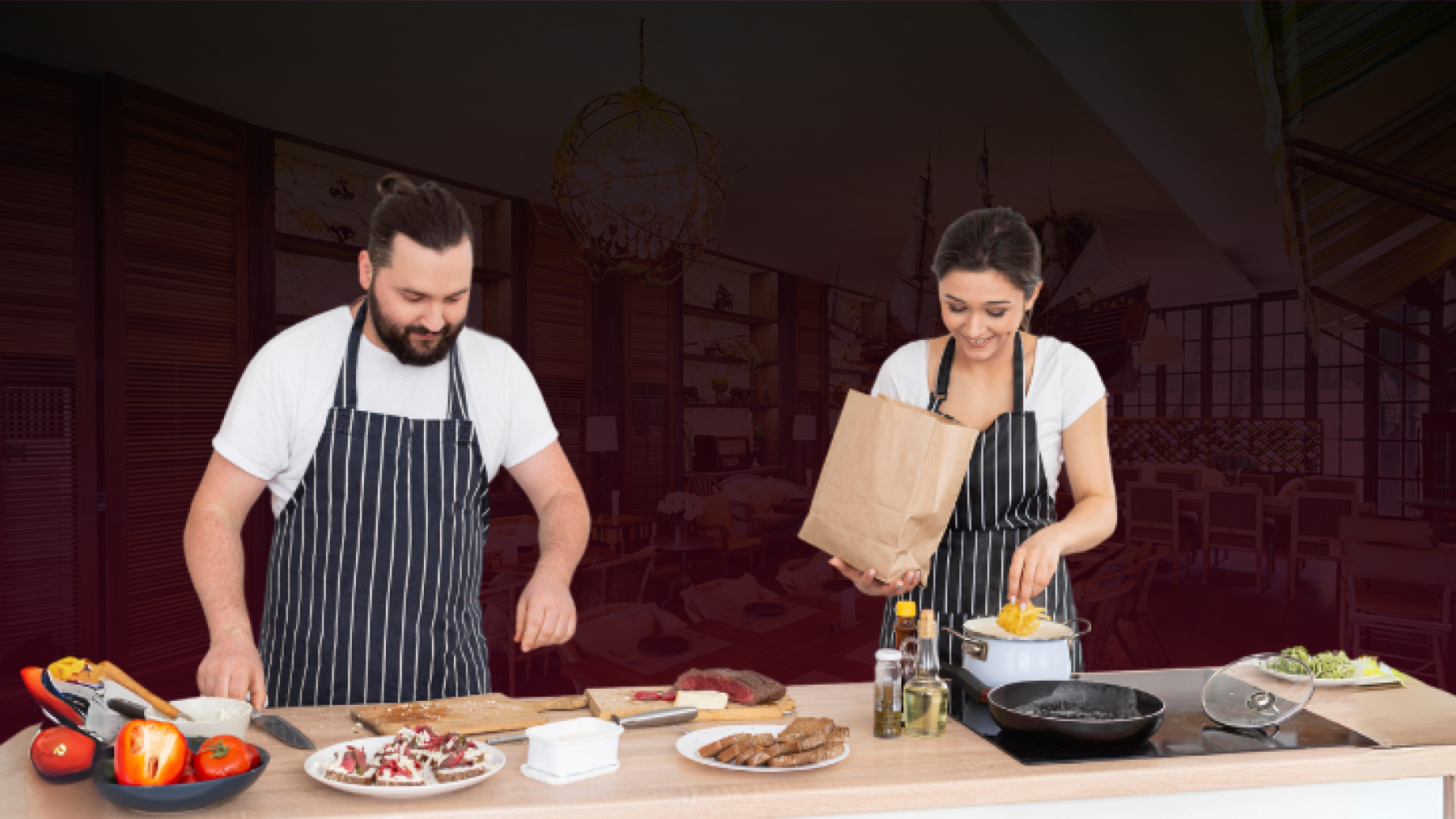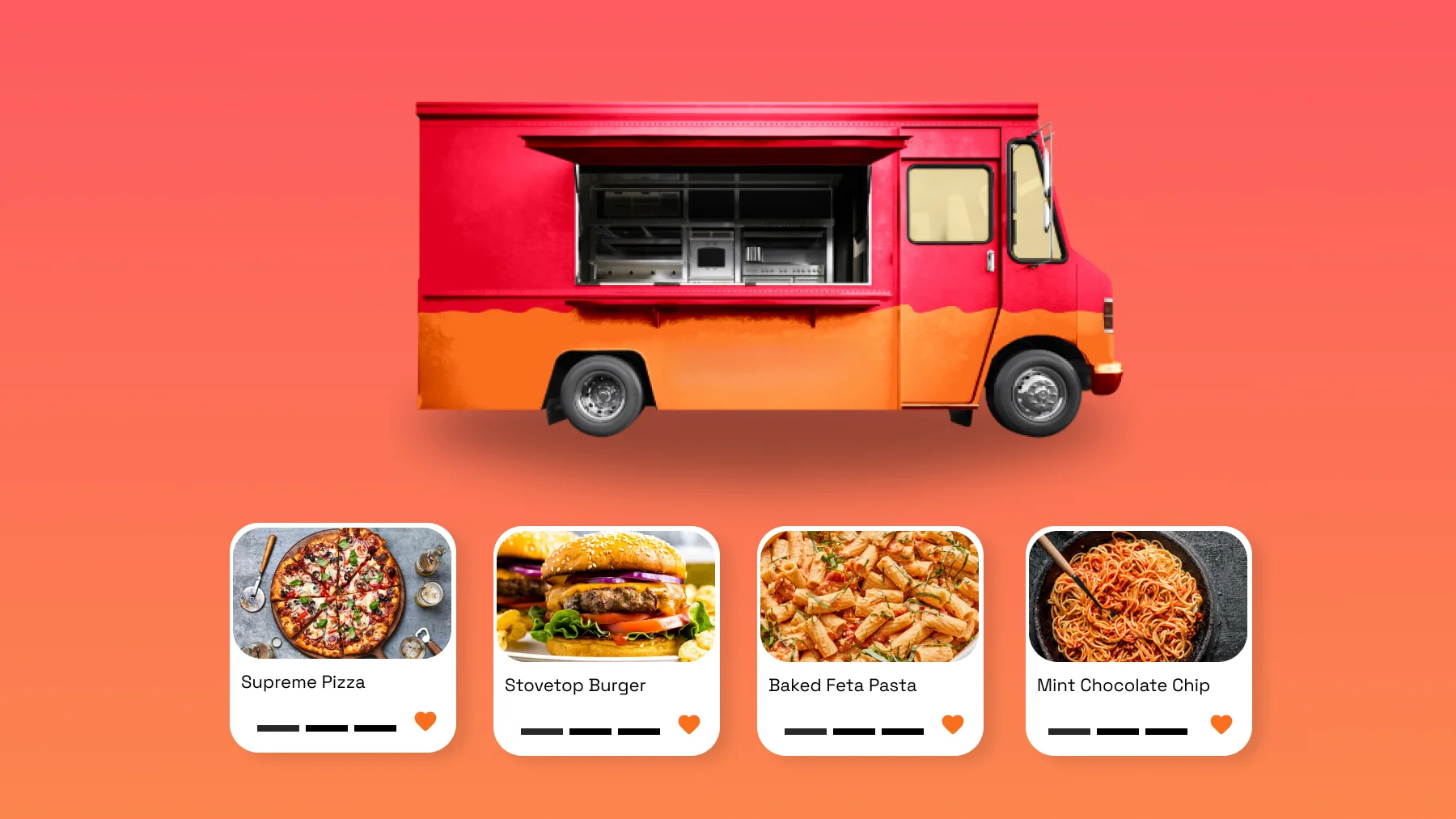A Complete Guide On Starting An Online Food Business
Whenever any entrepreneur sets foot on starting a new business, he faces several challenges and learns lessons the hard way. Each industry brings with it unique complications and considerations. With regard to the food industry, it is flooded with several kinds of information and misinformation. There are more risks of legal consequences and a supply chain that can be affected by several factors like bad weather, transportation, safety, etc.
With regards to food, safety is always a great concern. While government organizations at the national and regional level are closely monitoring the food industry to ensure public safety, especially during such pandemic times, the onus lies on the restaurant owner to follow the rules and be doubly concerned about quality. To top it all, a food business also involves delicate food inventory management to avoid large quantities of wastage as it can burn the pockets of a new entrepreneur.
A new entrepreneur must ever overlook the significance of a restaurant website. To create a restaurant website he must use a DIY, template-based, affordable restaurant website builder that facilitates an unlimited number of online food ordering and direct payments from customers. The food web constructor must not levy any hidden charges or charge any commission per order.
This blog is to help aspiring entrepreneurs take on the challenge of running a successful food business online.
IDENTIFYING THE NICHE
Mostly, great ideas for online businesses spring from passions and hobbies. If the food preparation process is something that you have been doing for quite some time, you already possess the experience and probably have tested various recipes in your style. You simply have to hone your skills to suit the challenges of a business environment. Your tried and tested recipe must be your foundation. You will slowly learn about business, the supply chain, manufacturing, and sales tactics.
MARKET RESEARCH
- Does the product have a market?
- Is there an untapped niche or even a sub-target customer base?
- If the product market has already saturated, how can your product bring a fresh lease of life to the market?
- Are there great opportunities for the product to be sold online or even shipped?
- Is my product bound by any legal terms from where it is shipped or to where it will be delivered?
- Is it a fragile product or a product that mandates refrigeration?
FOOD TRENDS
Food trends can be a great source of product ideas if you do not already have one. While people can make conflicting claims about food trends, ensure that you back it up with solid research (using search volume and Google trends). Also, check what your competitors are doing at the moment to identify that track that you wish to follow.
FOOD BUSINESS CONCEPTS
Your food business could fall into any one or more of the following categories:
- Custom, novelty
- Gourmet, Take away, Home-made
- Food for people with dietary restrictions (like allergen-free, gluten-free or nut-free)
- Organic, natural food
- Food that religious people prefer (like vegan, vegetarian, halal, etc.)
IDEAS FOR STARTERS
Always start with a modest business that requires a low investment, minimal equipment, and fewer legal restrictions. If the business can be run from a domestic kitchen, then your chances of reaping greater profits are high.
Product ideas could be candy, canned products, pickles, packaged homemade snacks, dried herbs, raw ingredients like flours, beverages like coffee and tea, homemade baked goods, seeds, etc.
CURATE EXISTING FOOD PRODUCTS
This article concerns people who produce their own food – either through a third-party manufacturer, preparing it at home, or by making use of a full-scale commercial outlet.
SOURCING INGREDIENTS
One must engage in extensive homework while sourcing the ingredients. If the restaurant supply chain is tracked properly, the business can ensure that the claims made on the packaging match the quality of the product. This also allows businesses to work with trustworthy companies.
If you decide that your product is going to be organic, then make sure that the supplier of the raw ingredient must have the proper certification. Otherwise, making tall claims on the labels does not reflect well upon your practices and pulls down your trustworthiness.
When you work directly with the supplier, they begin to feel the responsibility and get more engrossed in providing you with nothing but the best. The partnership between the business owner and supplier becomes collaborative and does great good for the business.
TIPS:
1. When you have just started the business by producing small batches, shop for your raw materials or ingredients in a cost-effective manner.
2. Find suppliers (through word of mouth or personal introductions) and establish connections with them.
3. You can also look for a distributor or broker who has direct links to the local farmers.
4. Create a liaison with other small-batch producers like you so that you can purchase bulk wholesale ingredients together.
COST OF STARTING A FOOD BUSINESS
Since the models of business vary, the cost of starting a food business can never be stated accurately. The upfront cost could be anything from $200,000 onwards.
Producers who begin with small batches do not have many overheads. They can expand their business into commercial space gradually as the business grows. Do not indulge in leasing expensive spaces or recruiting too many staff. Start off with a few hundred dollars to purchase the raw materials, labeling, packaging, official website, and marketing costs.
If starting a food business and running it from home is not viable, add the monthly cost of renting a commercial space while you calculate the startup costs. Using production facilities can turn out to be expensive. So, make use of shared kitchens and spend just a fraction of the amount that a dedicated space requires.
PRICING STRATEGIES
Pricing a product is definitely a difficult process. There is no specific formula for product pricing that will suit everyone. Be aware of the cost and keep changing the price until you arrive at the right price for yourself and for the customer.
In the initial phases, it is important to forgo profits, concentrate more on popularizing the product, and making as many people as possible try your product. Over a period of time, you will be able to recover the cost savings.
If your product carries a value, price it accordingly – do not make it the cheapest option available in the market. Profit margins for food businesses depend not just on what is being sold, but also on where it is being sold. Restaurants can earn margins under 10% but the margins of meal-kit services can go up to 40%.
Keep the above pointers in mind while starting a food business and also selling food online for free.
LATEST BLOG POST
What Is Happy Hour? 10 Foolproof Ways to Make Your Happy Hour Successful
ShareTweetSharePin0 Shares
What does a hostess do at a restaurant? Duties And Responsibilities
ShareTweetSharePin0 Shares
200 + Cafe Name Ideas That Will Make Your Business Stand Out
ShareTweetSharePin0 Shares
How to Craft an Effective Restaurant Mission Statement: A Step-by-Step Guide
ShareTweetSharePin11 Shares
How to Create Food Truck Business Plan? Complete Guide
ShareTweetSharePin11 Shares
How to Choose the Right Restaurant Name (+ 190 Great Ideas & Examples)
ShareTweetSharePin11 Shares








